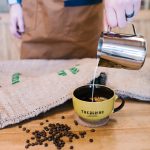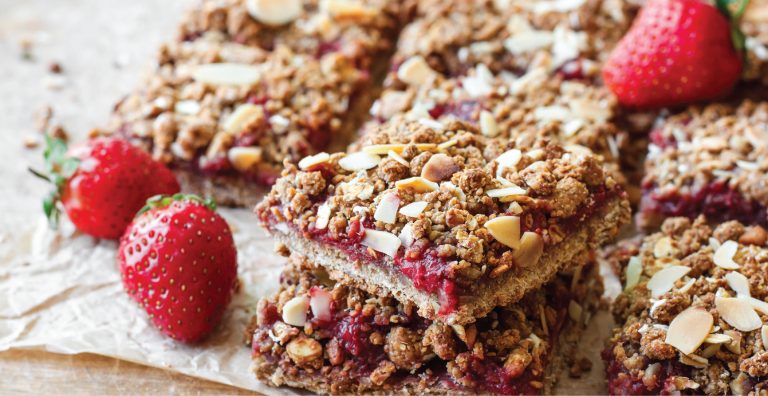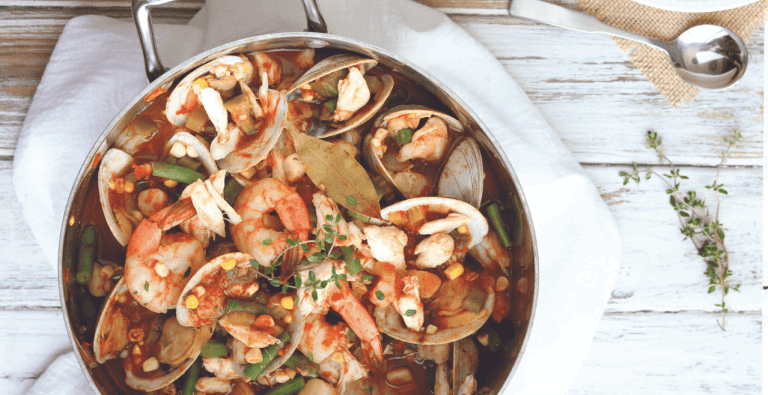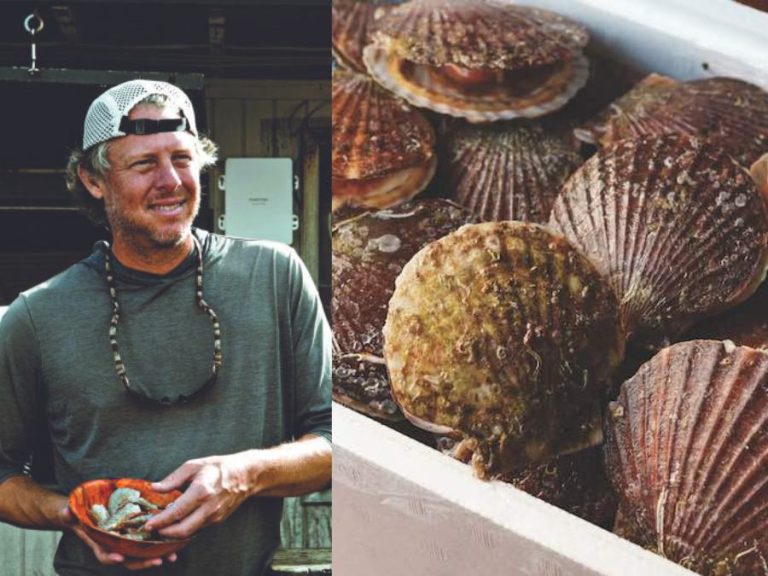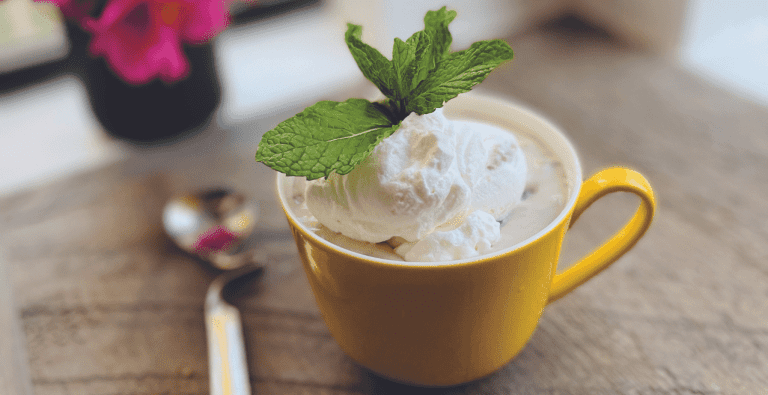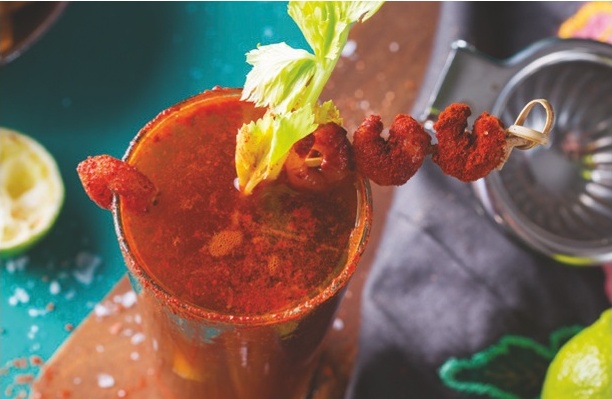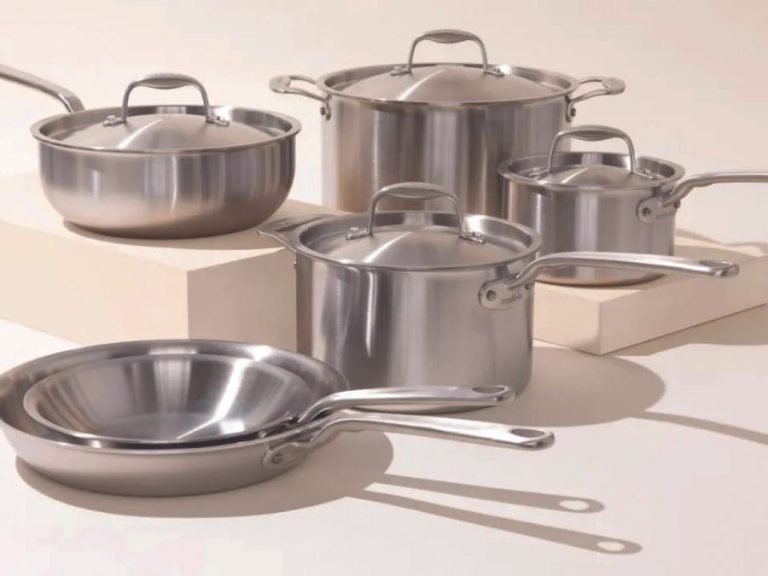Spilling the Beans on Good Coffee
It took a trip down to Colombia this past fall to break my bad-bean habit and develop an appreciation for fine coffee.
Story by Carolyn Males + Photos by Celia G Photography
There in the middle of Armenia, the coffee growing region, my husband and I walked the fields of San Alberto with expert Juan Galvis and then sat down with him to learn about aroma, taste, roasts, grinds and brewing processes. It was like being at a fine wine tasting. We sniffed and sampled cups, slurping each infused coffee with a spoon so it hits the back of our tongues, and made notes on texture, sweetness, flavor and acidity. After passing a test, we were certified “Coffee Maestros.” Great fun and good party conversation but, in truth, the experience changed our coffee drinking habits.
When we got back to the states, I went in search of the perfect brew. And that first took me to Bluffton, where I spoke to Ian Duncan, owner of The Grind Roasters, a full-service roastery that sells to local restaurants, stores and the public.
As Duncan and I talk at the two-seater counter, Jim, Duncan’s assistant, works in the background among the bulk bins of beans, grinding a selection and packaging them for a customer’s Keurig machine. A big red Mill City roaster hooked up by a pipe to a chaff collector awaits the next round of processing. While Duncan gives me a mini-lesson, I sip Güizhaguiña, an Ecuadorian brew with notes of orange, rose and nutmeg.
“A good cup of coffee starts with quality beans,” Duncan says. And that means Arabica – a sweeter bean grown in cooler hilly or mountainous regions in places like Central and South America, Africa, Hawaii and Indonesia. Arabica, he explains, offers thousands of flavor possibilities and it’s smooth with little aftertaste compared to Robusta, its bitter more caffeinated cousin, a bean that grows on small trees at lower elevations. While neither he nor any of the other specialty roasters here buy the latter, big commercial coffee companies often use the cheaper Robusta as filler in their blends.
Back in Colombia, I’d learned that growers pick Arabica coffee cherries when they’ve turned red or purple. Green berries mean “not ripe,” and when they’re black, they’re rotten. After harvesting, beans are processed in one of two ways. They can be wet processed, a complex procedure involving removing pulp, washing in water and fermentation baths, then drying and hulling. Or they can be natural or dried processed, spread out to sun dry on a flat surface, raked and turned for several weeks, and then hulled by machine. Each process results in different aromas and traits. Then the “green beans,” as unroasted coffee is called, are sorted and graded. Later on, before exportation, expert cuppers or Q-graders will nose or smell a sampling of each brewed coffee, then taste test to determine quality, characteristics and possibilities for roasting and blends.
Duncan, like the two other local roasters I later spoke to, uses Fair Trade or Rainforest beans. “Some of the beans come from micro lots – five rows or so of plants. Or they’re from nano lots, with maybe half a row of specialty beans like this Café Diego Micro-Lot from Nicaragua,” he says. I lean over to smell. Indeed it has a lovely aroma with citrus and caramel notes. “Sometimes the farmers themselves stop by with a sampling,” he adds, “but most of our beans come from local importers who buy from farms employing sustainable practices.”
Single origin coffees like Colombian Supremo come from one field or one variety of beans from a particular region. As a result, they tend to be more limited in production and therefore, more expensive. Sipping one of these has often been compared to listening to an aria. Blends, on the other hand, are made up of mixtures of beans from more than one source or variety of bean. As a result, they are more complex and smoother. To continue the metaphor, this is the chorus singing in harmony.
Why opt for specialty coffees from local roasters over big commercial supermarket brands? “Quality and freshness,” Duncan says. No Robusta fillers and since beans are roasted and sold quickly, no preservatives. Plus the hand-crafted blends allow for more interesting combinations and custom blends like his Carolina Sunshine and his Marsh Grass coffees.
Now what to choose? I settle on a Brazil Sul de Minus, a nutty, chocolaty heavy-bodied medium roast.
Then I go home, grind and brew, then settle back and savor a great cup of joe.
Choosing the Bean
Ah, the aroma of good, hot coffee. The taste. We’ve all had the bad stuff – watery, metallic or burnt aftertaste. So. . . how do you make the perfect cup of coffee?
“It all starts with the bean,” says Duncan. But which one? “It’s all a matter of preference,” he replies. That means trying different coffees, not ordering the same thing each time. At his shop, Duncan will let you try sample pour overs to help decide.
ANOTHER CONSIDERATION IS ROAST
• Light roast. It may seem counterintuitive but you’ll get more buzz from a light roast than a dark one. That’s because the beans are roasted to first crack (415 degrees) and thus retain more caffeine and brighter fruit tones. In fact, Grind Roasters sells the fittingly named Lip Twitcher, a high octane light roast blend that’s a guaranteed morning kick starter.
• Medium. Not surprisingly this is the most popular level of roasting. Beans are heated from 415 to 435 degrees, resulting in a flavorful, smoother coffee.
• Medium dark and dark. When beans are heated to 435 degrees or so, they crack a second time, this time under their own heat. These are the bold Italian, French, and even darker Spanish roasts. At this level, beans tend to be shiner, oilier, and more bitter.
The Perfect Cup: Advice from Coffee Pros
STORING
1. Store beans away from heat and light in their self-sealing dark bags or in a dark air-tight container, no clear ones.
2. Don’t put coffee in the refrigerator or the freezer. Doing that adds moisture, dulling the taste. Pantries are excellent spots for storage.
3. The fresher the coffee, the better the brew. But if properly stored, whole beans can last for six months; ground for about three.
GRINDING
Different methods require different grinds. A good rule of thumb is that the shorter the brew time, the finer the grind. Conversely, the longer the brew time, the coarser the grind. For example, high pressure methods like espresso makers need finer granules so the water can flow through quickly. Drip coffee makers call for medium while immersion methods like French press, where the coffee steeps before seeping through, require coarse.
BREWING
No matter what your chosen brewing method, heat water between 195 and 205 degrees. Boiling water shocks the beans, resulting in a burned or bitter taste.
And don’t reheat coffee by nuking it for the same reason.
Local Coffee Roasters

The companies below specialize in Arabica Fair Trade and Rain Forest coffees.
Corner Perk Josh Cooke, co-owner of Bluffton’s original roastery and brunch café, does a brisk business, roasting 700 pounds of beans sourced from small farms in Latin America, Africa, Hawaii and Indonesia each week. Local restaurants as well as home coffee drinkers are fans. Buy whole freshly roasted beans or have them ground to order. Available at the café, online, or by PERKscription, a monthly subscription service. 1297 May River Road, Bluffton. 843-816-5674 or cornerperk.com.
May River Coffee Roasters Leslie Rohland, who dates her love affair with coffee to her childhood in Rome, roasts about 100 pounds of beans each week which she sells online and at The Cottage, her popular Bluffton restaurant. Along with high-quality single origin beans, Rohland sells blends and flavored coffees she’s created. To those she adds a bit of whimsy with creative names and descriptions like “A Bluffton State of Mind, . . dedicated to all the Bluffton eccentrics,” and “Mocha Java-Licious…like a good roll in the hay.” Purchase online or at The Cottage, 38 Calhoun St., Bluffton, 843-757-0508 or mayriverroasters.com.

The Grind Roasters Buy whole beans, have them ground, or packaged in K-Cups at this small shop tucked into a free-standing white garage situated in the side lot of a Bluffton shopping center. The Grind’s award-winning coffees (sold retail, wholesale and under custom label) are available at the shop, online and by subscription. The shop also sells and repairs coffee-making equipment. The company also sells beans at Bluffton Farmers Market on Thursdays. Find them at 7 Simmonsville Road (behind Walgreens), Suite 600, Bluffton 843-580-1882 or thegrindroasters.com.
Unleaded Options. A note about Decaf:
Decaf was not a hot topic among the roasters and coffee shops I visited, especially when they offered herbal lattes and other non-caffeinated alternatives. “We don’t carry much,” said Alex Snyder of Maywood Davis. “We might get a request once every two weeks.”
So if you want a coffee fix without ending up wired, what to do? Opt for Swiss Water Processed decaf beans was the reply. Unlike some of the other commercial removal techniques which use solvents, it’s chemical-free. Plus, Swiss Water Process removes more caffeine (99 percent vs. 75 to 95 percent removal rate). And it just tastes so much better.
Cold-Brew vs. Iced-Coffee
No contest, say our coffee experts. Cold-brew rules. Unlike iced coffee which is brewed hot, cold-brew, as its name suggests, never sees heat. Instead, roasted beans are steeped in cold water for 12 to 24 hours before being poured over ice. As a result, it’s less watery and is 95 percent less acidic which means a sweeter and crisper taste with a bit more kick.

Have a Cold One: Suffering from acid reflux or a sensitive stomachs?
Try drinking your coffee cold.








